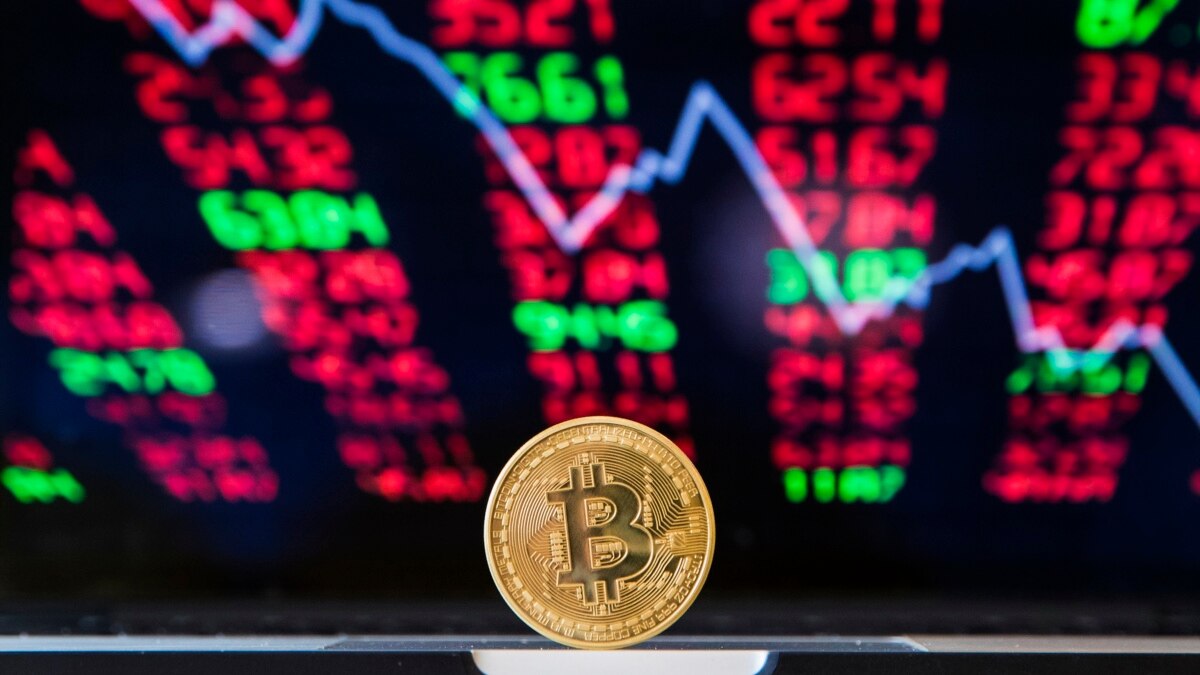Bitcoin price drops to $100.3K after the Fed’s rate decrease and Jerome Powell’s inflation outlook, affecting investor confidence. There have been many ups and downs in the cryptocurrency market, and the most recent shift in the price of Bitcoin is indicative of the continued volatility. The largest and most well-known cryptocurrency in the world, Bitcoin, has dropped sharply to $100.3K in the wake of the Federal Reserve’s recent rate decrease and Jerome Powell’s updated inflation forecast for 2025. We will explore the ramifications of these changes in this piece by looking at how these events have affected the price of Bitcoin and the market as a whole.
Bitcoin Falls on Fed Policy
The Fed’s interest rate drop hurts Bitcoin and other cryptocurrencies. When the Fed lowers rates, borrowing costs fall, increasing consumer and business expenditure. Lower rates may stimulate Bitcoin purchases for profit. The rate drop may cause economic instability and Bitcoin sell-offs. The Fed’s decision lowered Bitcoin to $100.3K.
The market’s early sell-off raised fears that while lower interest rates may promote investment in riskier assets, the Fed’s policy move may have long-term implications. Lower rates might indicate that the central bank is seeking to revive a weakening economy, influencing Bitcoin values. Unlike equities and bonds, bitcoin hedges inflation. Due to inflation and economic growth concerns, investors may view Bitcoin as a store of wealth if interest rates decrease dramatically.
Bitcoin Falls on Inflation Fears
Bitcoin fell due to Fed Chairman Jerome Powell’s 2025 inflation prediction. The Fed expects inflation to rise more than expected and fall more slowly over the next few years. Risk-averse investors who fear inflation are concerned about this new outlook. According to Jerome Powell, inflation may persist until the Fed stabilizes the economy. Uncertainty affects bitcoin pricing. If inflation remains high, Bitcoin may not be a good investment. This re-evaluation lowered Bitcoin to $100.3K. According to Powell’s 2025 inflation forecast, inflation may be more than expected, resulting in longer-term accommodating monetary policy. Bitcoin was a haven during inflation, but persistent inflation may change investors’ minds.

Fed Policy Shakes Bitcoin
Other factors affect Bitcoin’s price, including investor sentiment. Recently, the bitcoin market has become increasingly vulnerable to central banks like the Fed. Powell and the Fed’s rate cut impact Bitcoin’s price via changing market sentiment. Federal Reserve policy changes shape market expectations and investor behavior. Powell’s lower inflation forecast shook investor confidence. Bitcoin’s drop to $100.3K highlights how economic factors and investor sentiment impact its value. Market players determine Bitcoin’s price as a decentralized digital asset. Institutional investors, amateur traders, and Bitcoin whales may sway markets. People are more cautious after the Fed’s rate cut and Powell’s inflation prediction, decreasing Bitcoin demand and price.
Bitcoin’s Link to Inflation
While inflation, interest rates, and GDP growth affect traditional assets, they also affect Bitcoin’s value. Bitcoin’s price is affected by the economy, however, the relationship is widely disputed. Bitcoin doesn’t usually follow economic trends due to its volatility, but central bank policies strongly influence its price swings. Bitcoin’s dip to $100.3K reflects macroeconomic issues as well as short-term market moves. The Fed’s rate drop and Powell’s inflation outlook suggest a weaker economic rebound. In the short term, this uncertainty has made Bitcoin less appealing to investors. Bitcoin’s link with inflation and central banks evolves. Bitcoin’s price fluctuates as the market reassesses economic events.
Bitcoin Reacts to Economy
Bitcoin is notorious for its price volatility, and recent economic developments show how external variables affect digital currencies. Bitcoin’s price fell to $100.3K after the Federal Reserve reduced interest rates and Powell downgraded his 2025 inflation prediction. Bitcoin investors must be vigilant in light of these economic changes. Bitcoin is typically hailed as a store of value and inflation hedge, but the economy is changing investors’ views. Bitcoin market players now face additional factors due to Fed policy changes and Powell’s inflation prediction.
Also Read: Kiyosaki’s Strategy for Navigating Bitcoin’s Market Volatility
Conclusion
In conclusion, the Federal Reserve’s rate decrease and Jerome Powell’s updated 2025 inflation forecast are to blame for the recent decline in the price of Bitcoin to $100.3K. These macroeconomic variables have affected the price of Bitcoin and caused changes in investor sentiment. Bitcoin’s recent price volatility makes clear that the cryptocurrency market is still extremely erratic and susceptible to shifts in the economy. It will be interesting to observe how Bitcoin reacts to upcoming policy changes and inflation forecasts as the world economy continues to develop.










